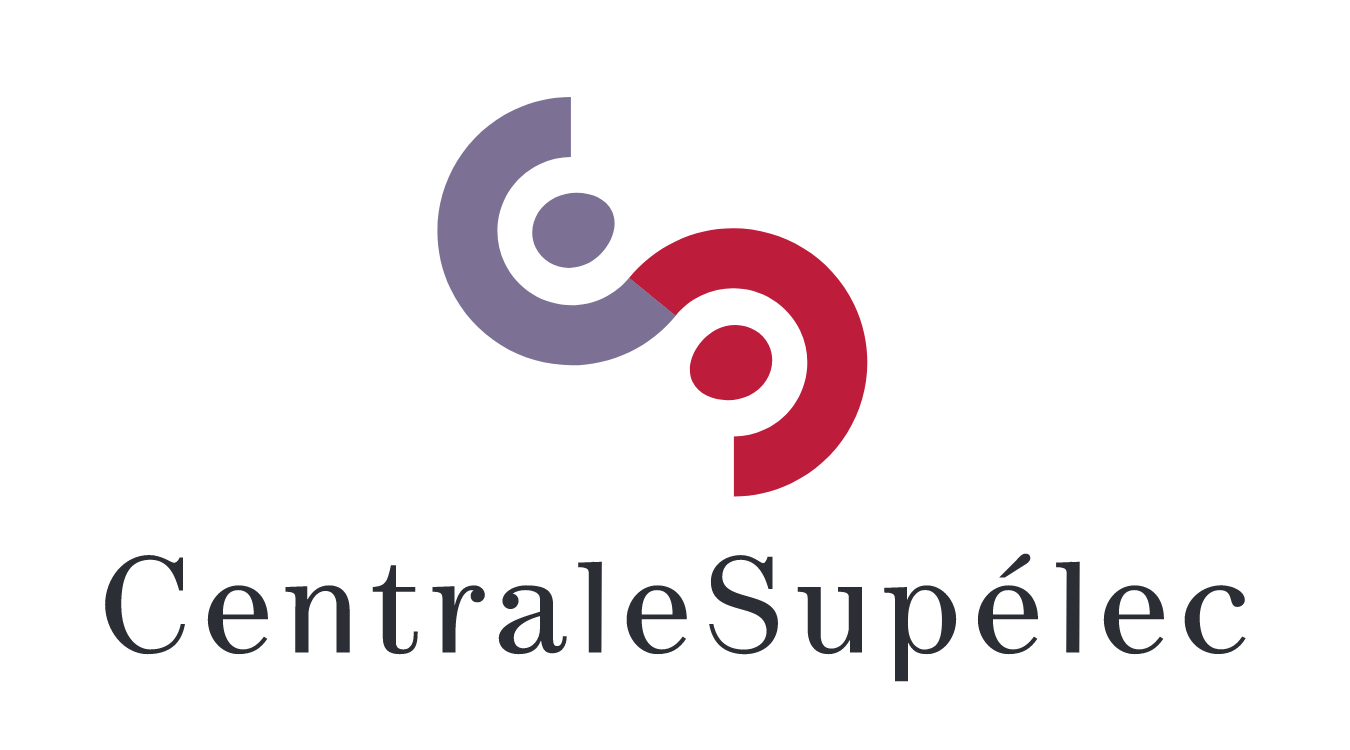Pushing the boundaries of boundary detection using deep learning
Résumé
In this work we show that adapting Deep Convolutional Neural Network training to the task of boundary detection can result in substantial improvements over the current state-of-the-art in boundary detection. Our contributions consist firstly in combining a careful design of the loss for boundary detection training, a multi-resolution architecture and training with external data to improve the detection accuracy of the current state of the art. When measured on the standard Berkeley Segmentation Dataset, we improve theopti-mal dataset scale F-measure from 0.780 to 0.808 - while human performance is at 0.803. We further improve performance to 0.813 by combining deep learning with grouping, integrating the Normalized Cuts technique within a deep network. We also examine the potential of our boundary detector in conjunction with the task of semantic segmentation and demonstrate clear improvements over state-of-the-art systems. Our detector is fully integrated in the popular Caffe framework and processes a 320x420 image in less than a second.
